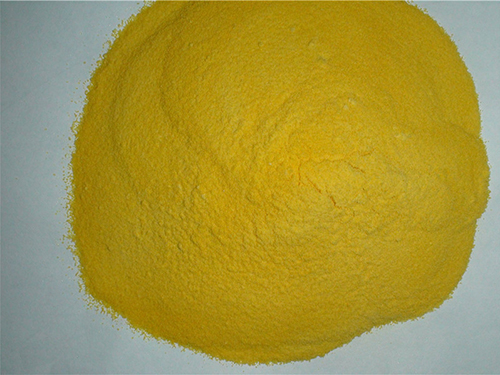Exploring Various Categories of Flocculants for Enhanced Water Treatment Solutions
Different Types of Flocculants and Their Applications
Flocculants are substances that promote the agglomeration of fine particles into a floc or flake, facilitating the separation of solids from liquids. They play a crucial role in various industries, including water treatment, mining, and biotechnology. Understanding the different types of flocculants and their specific applications is essential for optimizing their use.
Natural flocculants are derived from plant or animal sources and are often favored for their eco-friendly properties. Common examples include gum arabic, starch, and chitosan. Gum arabic, for instance, is obtained from the sap of acacia trees and is known for its effectiveness in clarifying beverages and water. Starch, a carbohydrate obtained from various plants, can absorb water and swell, contributing to the aggregation of particles. Chitosan, derived from chitin found in shellfish, is biodegradable and used in wastewater treatment processes due to its ability to bind with heavy metals and organic matter.
2. Synthetic Flocculants
Synthetic flocculants are man-made polymers designed to enhance the flocculation process. They are categorized based on their charge anionic, cationic, and non-ionic. Anionic flocculants, negatively charged, are effective in neutralizing positively charged particles, making them suitable for treating industrial wastewater and mining applications. Cationic flocculants, on the other hand, are positively charged and work well with negatively charged particles, often used in municipal water treatment to clarify drinking water. Non-ionic flocculants are neutral and are versatile, working under various pH conditions without being affected by the charge of the particles.
different types of flocculants

3. Inorganic Flocculants
Inorganic flocculants, primarily composed of metal salts, are another category widely used in water treatment. Aluminum sulfate (alum) and ferric chloride are common examples. These flocculants work by destabilizing colloidal suspended particles, allowing them to aggregate and settle. Alum is particularly effective in drinking water treatment, while ferric chloride is often used in sewage treatment processes. Their effectiveness can vary based on factors such as pH and the specific contaminants present in the water.
4. Emerging Flocculants
Recent advancements have led to the development of eco-friendly and sustainable flocculants, including bio-based polymers and composite materials that contain both natural and synthetic components. These emerging flocculants aim to reduce the environmental impact of traditional flocculants while maintaining high efficiency in various applications.
In conclusion, the selection of a suitable flocculant depends on the specific requirements of the application, including the type of particles involved, the nature of the liquid medium, and environmental considerations. With ongoing research and innovation, the range of flocculants continues to expand, offering more efficient and sustainable solutions for particle separation processes across industries.
-
lk-319-special-scale-and-corrosion-inhibitor-for-steel-plants-advanced-solutions-for-industrial-water-systemsNewsAug.22,2025
-
flocculant-water-treatment-essential-chemical-solutions-for-purification-processesNewsAug.22,2025
-
isothiazolinones-versatile-microbial-control-agents-for-industrial-and-consumer-applicationsNewsAug.22,2025
-
scale-inhibitor-key-solutions-for-water-system-scale-preventionNewsAug.22,2025
-
organophosphonates-versatile-scale-inhibitors-for-industrial-water-systemsNewsAug.22,2025
-
scale-and-corrosion-inhibitor-essential-chemical-solutions-for-water-system-maintenanceNewsAug.22,2025





